<Back to Index>
- Mathematician Tullio Levi - Civita, 1873
- Mathematician Marcel Grossmann, 1878
- Astronomer Erwin Finlay - Freundlich, 1885
PAGE SPONSOR
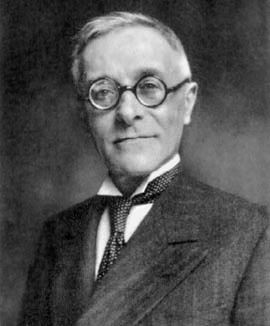
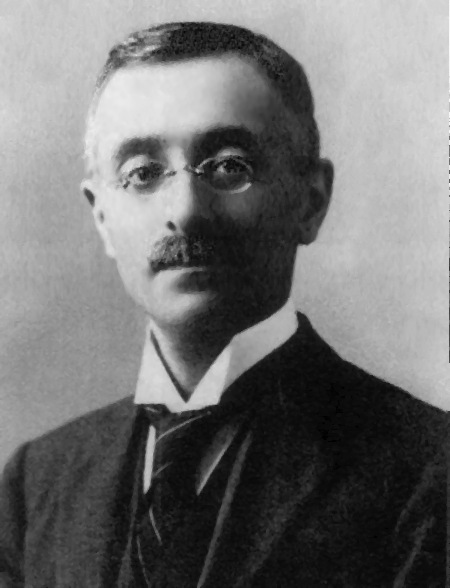
Tullio Levi-Civita, FRS (29 March 1873 — 29 December 1941) was an Italian mathematician, most famous for his work on absolute differential calculus (tensor calculus) and its applications to the theory of relativity, but who also made significant contributions in other areas. He was a pupil of Gregorio Ricci - Curbastro, the inventor of tensor calculus. His work included foundational papers in both pure and applied mathematics, celestial mechanics (notably on the three body problem) and hydrodynamics.
Born into an Italian Jewish family in Padua, Levi - Civita was the son of Giacomo Levi - Civita, a lawyer and former senator. He graduated in 1892 from the University of Padua Faculty of Mathematics. In 1894 he earned a teaching diploma after which he was appointed to the Pavia Faculty of Science teacher's college. In 1898 he was appointed to the Padua Chair of Rational Mechanics where he met and, in 1914, married Libera Trevisani, one of his pupils. He remained in his position at Padua until 1918, when he was appointed to the Chair of Higher Analysis at the University of Rome; in another two years he was appointed to the Chair of Mechanics there.
In 1900 he and Ricci - Curbastro published the theory of tensors in Méthodes de calcul différentiel absolu et leurs applications, which Albert Einstein used as a resource to master the tensor calculus, a critical tool in Einstein's development of the theory of general relativity. Levi - Civita's series of papers on the problem of a static gravitational field were also discussed in his 1915 – 1917 correspondence with Einstein. The correspondence was initiated by Levi - Civita, as he found mathematical errors in Einstein's use of tensor calculus to explain the theory of relativity. Levi - Civita methodically kept all of Einstein's replies to him, and even though Einstein hadn't kept Levi - Civita's, the entire correspondence could be re-constructed from Levi - Civita's archive. It's evident from these letters that, after numerous letters, the two men had grown to respect each other. In one of the letters, regarding Levi - Civita's new work, Einstein wrote "I admire the elegance of your method of computation; it must be nice to ride through these fields upon the horse of true mathematics while the like of us have to make our way laboriously on foot". In 1933 Levi - Civita contributed to Paul Dirac's equations in quantum mechanics as well.
His textbook on tensor calculus, The Absolute Differential Calculus (originally a set of lecture notes in Italian co-authored with Ricci - Curbastro), remains one of the standard texts more than a century after its first publication, with several translations available.
The 1938 race laws enacted by the Italian Fascist government deprived Levi - Civita of his professorship and of his membership of all scientific societies. Isolated from the scientific world, he died in his apartment in Rome in 1941.
Among his Ph.D. students were Octav Onicescu and Gheorghe Vrânceanu.
Later on, when asked what he liked best about Italy, Einstein said "spaghetti and Levi - Civita".
Analytic dynamics was another aspect of Levi - Civita's studies: many of his articles examine the three body problem. He wrote articles on hydrodynamics and on systems of differential equations. He is credited with improvements to the Cauchy – Kowalevski theorem, on which he wrote a book in 1931. In 1933, he contributed to work on the Dirac equation. He developed the Levi - Civita field, a system of numbers that includes infinitesimal quantities.
The Royal Society awarded him the Sylvester Medal in 1922 and elected him as a fellow in 1930. He became an honorary member of the London Mathematical Society, of the Royal Society of Edinburgh, and of the Edinburgh Mathematical Society, following his participation in their colloquium in 1930 at the University of St Andrews. He was also a member of the Accademia dei Lincei and the Pontifical Academy of Sciences.
Like Vito Volterra, being Jewish and an anti - fascist, he was expelled from the Academy in his country.
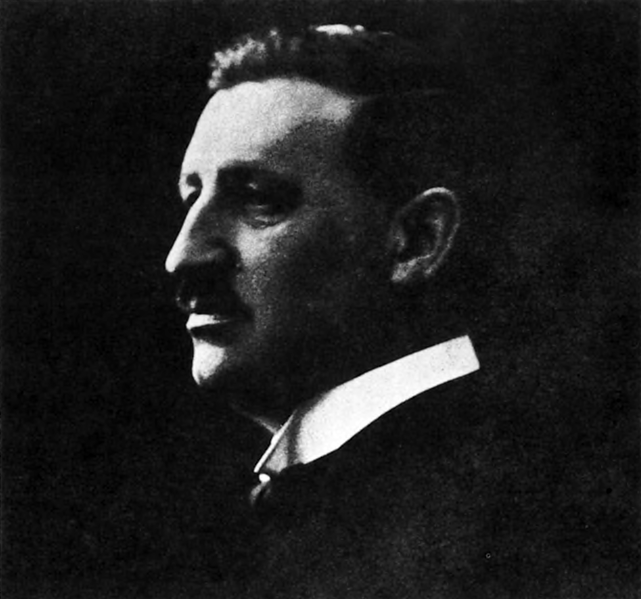
Marcel Grossmann (Hungarian: Grossmann Marcell, April 9, 1878, Budapest – September 7, 1936, Zurich) was a mathematician of Jewish ancestry, and a friend and classmate of Albert Einstein. He became a Professor of Mathematics at the Federal Polytechnic Institute in Zurich, today the ETH Zurich, specializing in descriptive geometry.
It was Grossmann who emphasized the importance of a non - Euclidean geometry called elliptic geometry to Einstein, which was a necessary step in the development of Einstein's general theory of relativity. Abraham Pais's book on Einstein suggests that Grossmann mentored Einstein in tensor theory as well.
The community of relativists celebrates Grossmann's contributions to physics by organizing Marcel Grossmann meetings every three years.
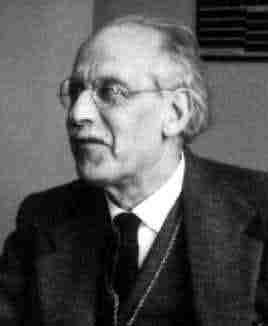
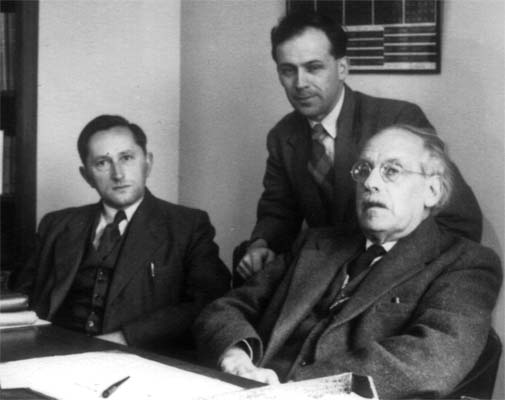
Erwin Finlay - Freundlich (May 29, 1885 – July 24, 1964) was a German astronomer, a pupil of Felix Klein. He was born in Biebrich, Germany. Freundlich was a working associate of Albert Einstein and introduced experiments for which the general theory of relativity could be tested by astronomical observations based on the gravitational redshift.
After finishing his thesis with Felix Klein at the University of Göttingen in 1910, he became assistant at the Observatory in Berlin, where he became associated with Einstein. During a solar eclipse expedition in 1914 to verify general relativity, World War I broke out and he was interned in Russia. After the war, he was engaged in construction of a solar observatory in Potsdam, the Einsteinturm, and he was director of the Einstein - Institut. In 1933 he left Germany and was appointed professor at the University of Istanbul, which was reformed by Kemal Atatürk with the help of many German scholars. His appointment at the Charles University of Prague was terminated by the German occupation. On the recommendation of Arthur Stanley Eddington he went to St. Andrews University in Scotland. From 1951 to 1959 he was John Napier professor of Astronomy. On his retirement he returned to his native town Wiesbaden and was appointed professor at the University of Mainz. Freundlich died in Wiesbaden, Germany.
Freundlich researched the deflection of light rays passing close to the Sun. He proposed an experiment, during an eclipse, to verify the validity of Einstein's theory of general relativity. Freundlich's demonstration would have proven Newton's theories incorrect. He did conduct inconclusive tests on the prediction by Einstein's theory of gravitation - induced red shift of spectral lines in the Sun, using the solar observatories he had constructed in Potsdam and Istanbul. In 1953 he proposed with Max Born an alternative explanation of the red shifts observed in galaxies by a tired light model.